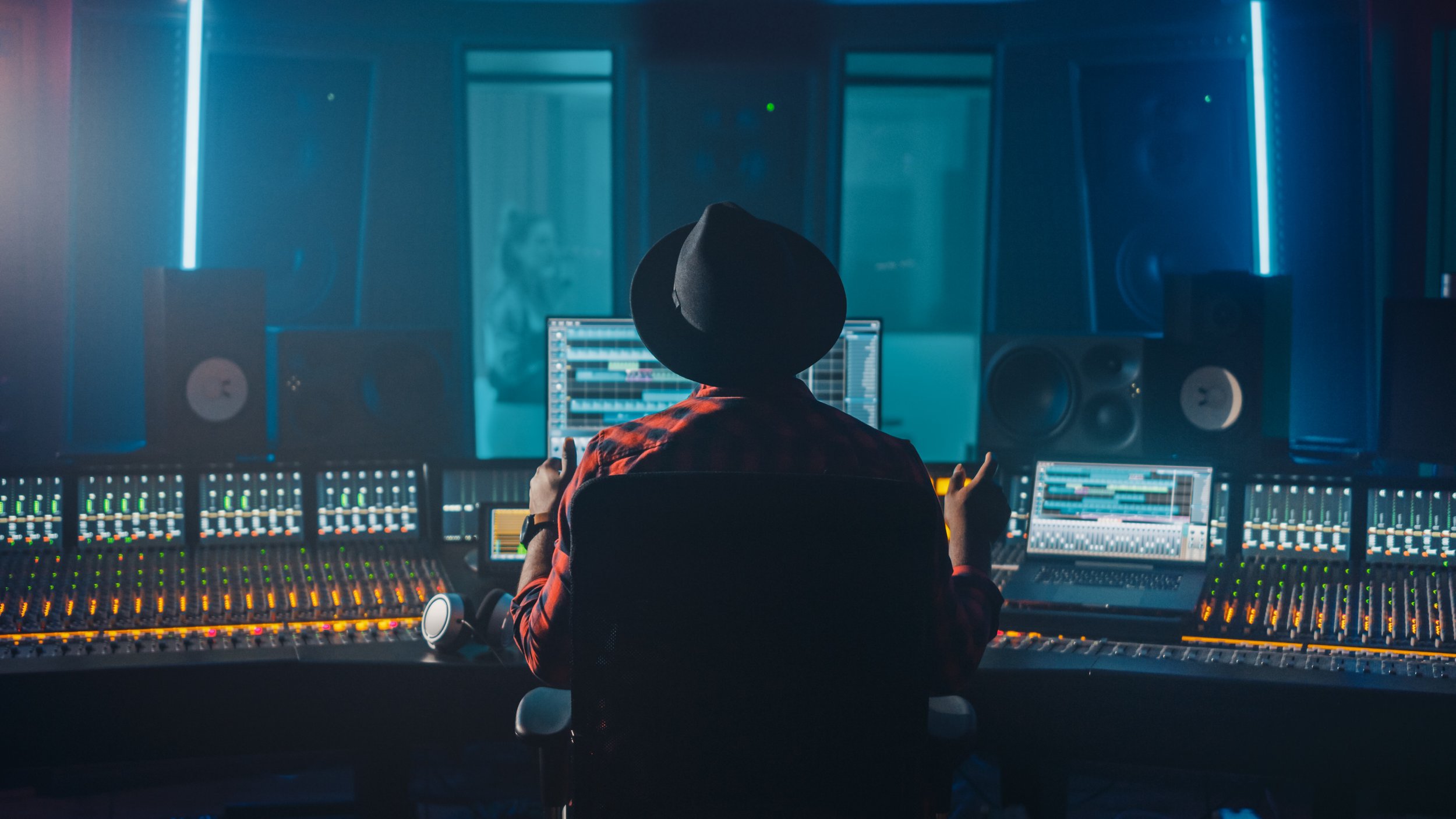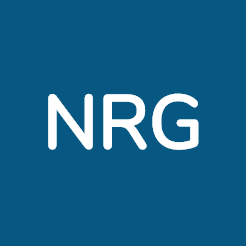Neighbouring Rights Royalties
Everything you need to know!
Each recording has two separate kinds of music rights attached to it. The first one, and far more widely known, is copyright. Copyright protects the composition of a song. That means writers who, for example, wrote notes and lyrics. Neighbouring rights protect the artistic performances on a recording. They are also called performers rights or related rights. Imagine it this way, there is a song on paper, but without someone playing the guitar and singing vocals, the recording would not exist. Whenever some music is broadcasted on TV or radio, both parties, writers and performers should receive their share of royalties.
Neighbouring rights were internationally established in 1961 by The Rome Convention. Their name simply refers to the fact that they are “sitting” right next to copyright. Back in the day, they were not considered important but are now producing a significant revenue stream. This is especially important in production music, where traditional record sales are almost non-existent.
As copyright and performers rights are two different sets of rights, they are also handled by separate collecting societies. Organizations like PRS, GEMA, SACEM are Performing Rights Organizations (PRO) which take care of your copyright share. Neighbouring rights are handled by Collective Management Organizations (CMO) like PPL, GVL, Sena or Adami. Yeah, it can be confusing, we know.
If you are asking yourself if your publisher doesn´t already handle this for you? - most likely not. In most countries, the neighbouring rights societies will not allow anyone other than the performer to collect those royalties, unless you have a specific power of attorney. In this sense, collecting your neighbouring rights through an agent doesn´t conflict with your existing publishing deals.

Start the journey to collect your neighbouring rights royalties today!
You don't pay anything to join us! There are no hidden or upfront fees.

